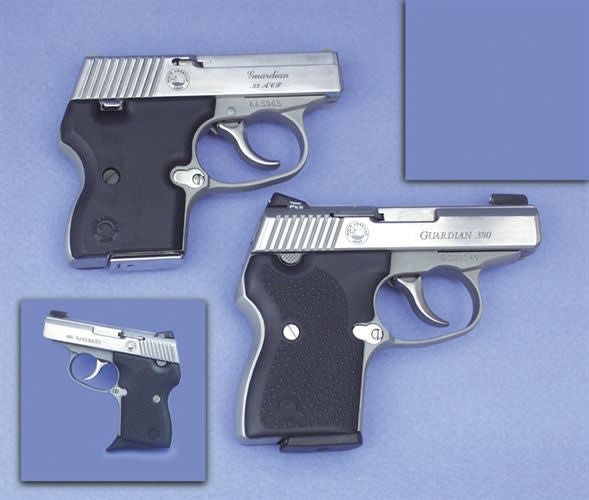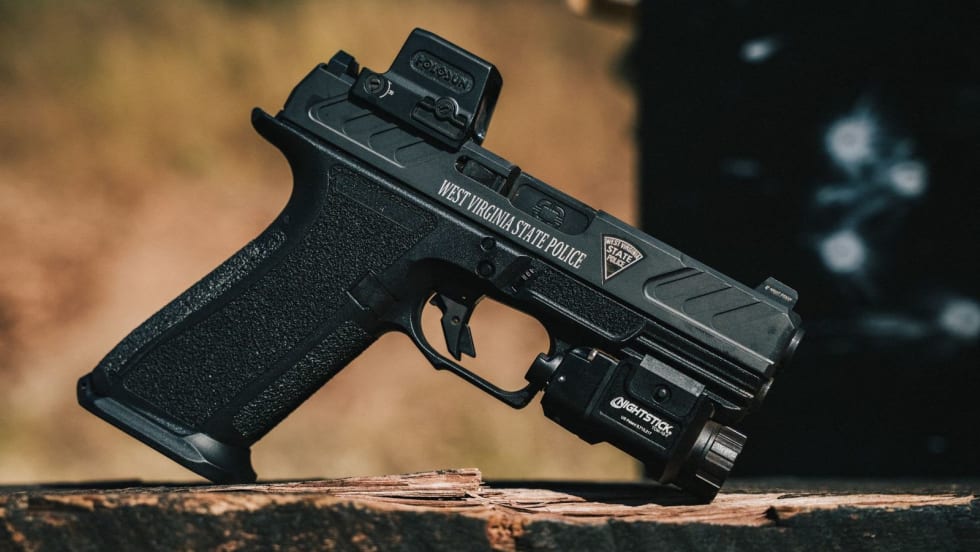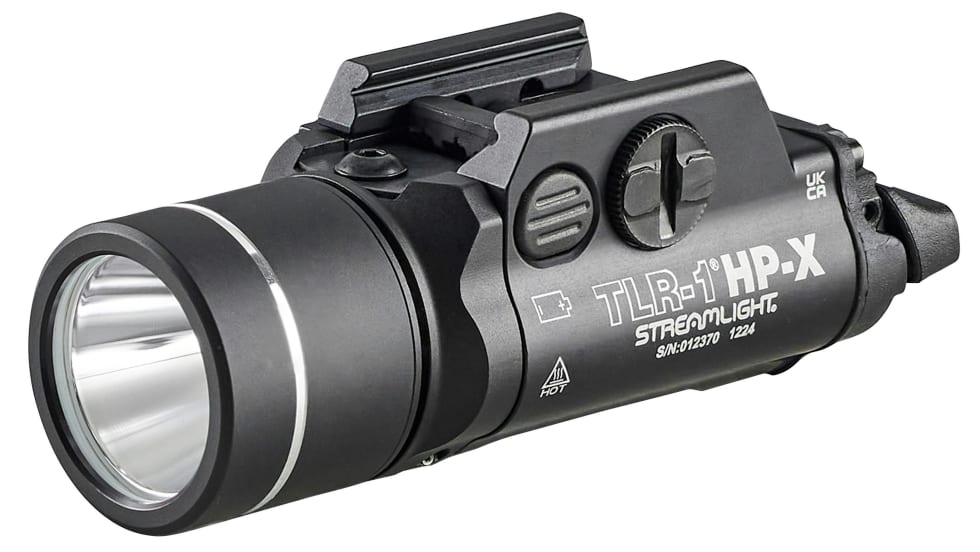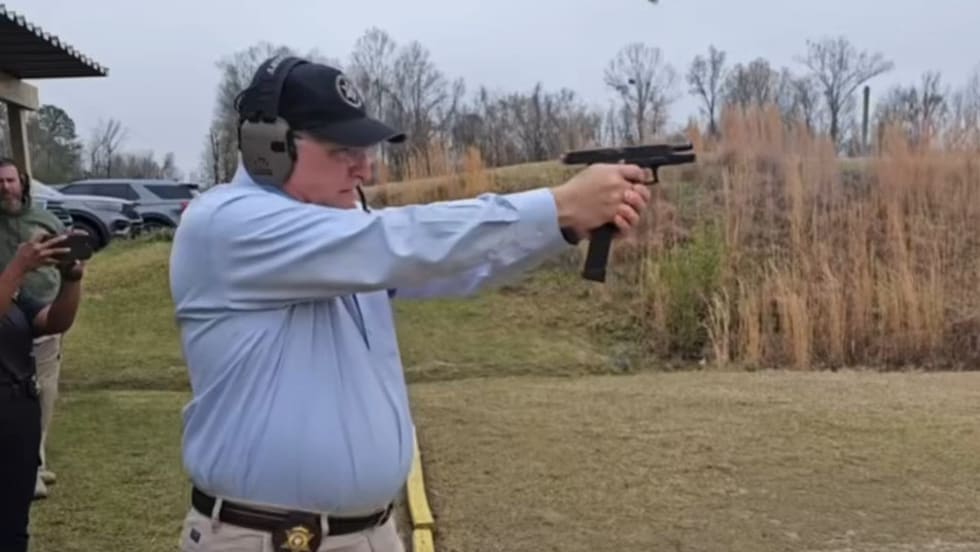Remembering the first .380 Guardian's stiff trigger, I had undertaken a break in period with the Novak-sighted version. For a week, during any spare moment, every pause waiting for my old computer, each time I was on hold on the phone, I dryfired the .380 Guardian toward the steel wall of the gunsafe next to my desk. I dryfired it in a two-handed grip, I dryfired it strong hand only, I dryfired it weak hand only. I dryfired it rapidly and I dryfired it slowly and deliberately.
Several weeks later, I completely disassembled the gun, giving it a good cleaning and thorough lubrication with Minute Man High Tech Gun Oil. Returning to the range, I found a rack of 6-inch steel plates and IPSC Pepper Poppers available, so I began feeding the .380 magazine after magazine of HydraShoks and Triton ammunition. Properly broken in, the new .380 Guardian was good for one-shot one-hit accuracy on the 6-inch plates from the 10-yard line.
Reliability
The feeding and cycling reliability of both .380 Guardians I tested showed a willingness to cycle most any sort of .380 ammunition. Several varieties of Triton ammunition, aluminum-cased Blazer, Federal High Shok and American Eagle cartridges all worked flawlessly, except for the last round in each magazine. These were prone to jut up through the ejection port, or not make it all the way up the feed ramp.
Checking with Ken Friel of North American Arms, I learned the first batch of .380 Guardians to leave the factory had magazine lip design problems. He encouraged anyone owning one of these first Guardians to call North American Arms. Tell them the serial number of your gun and two new magazines will be sent out quickly.










